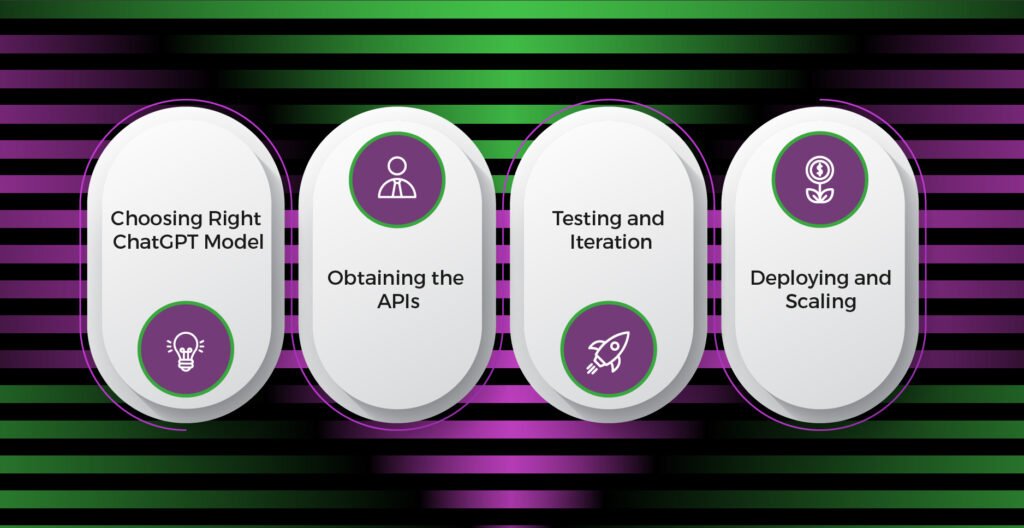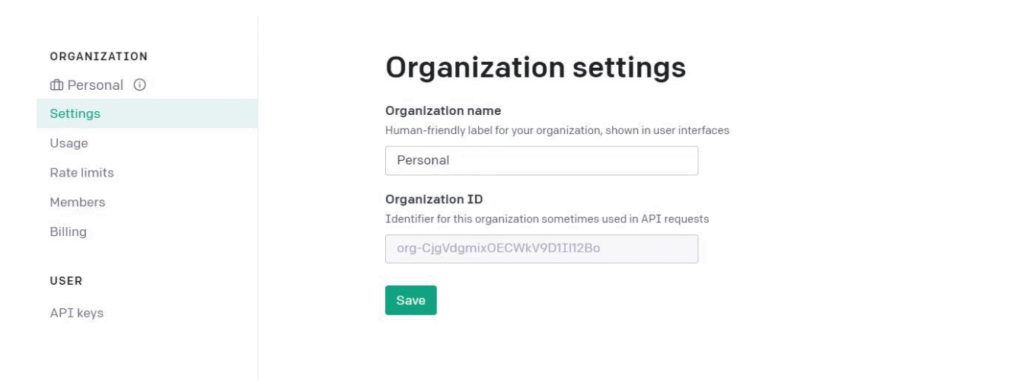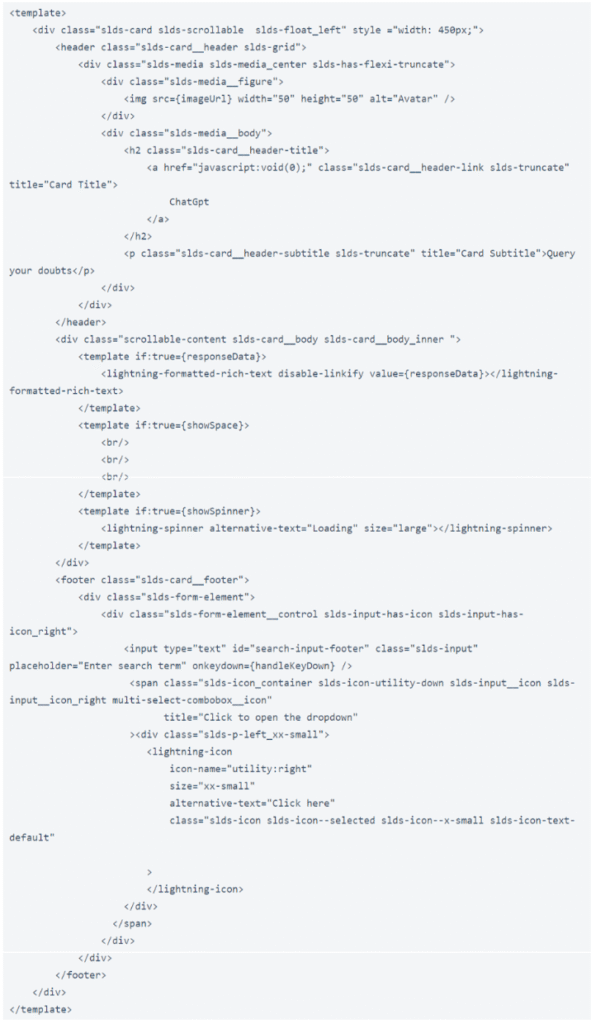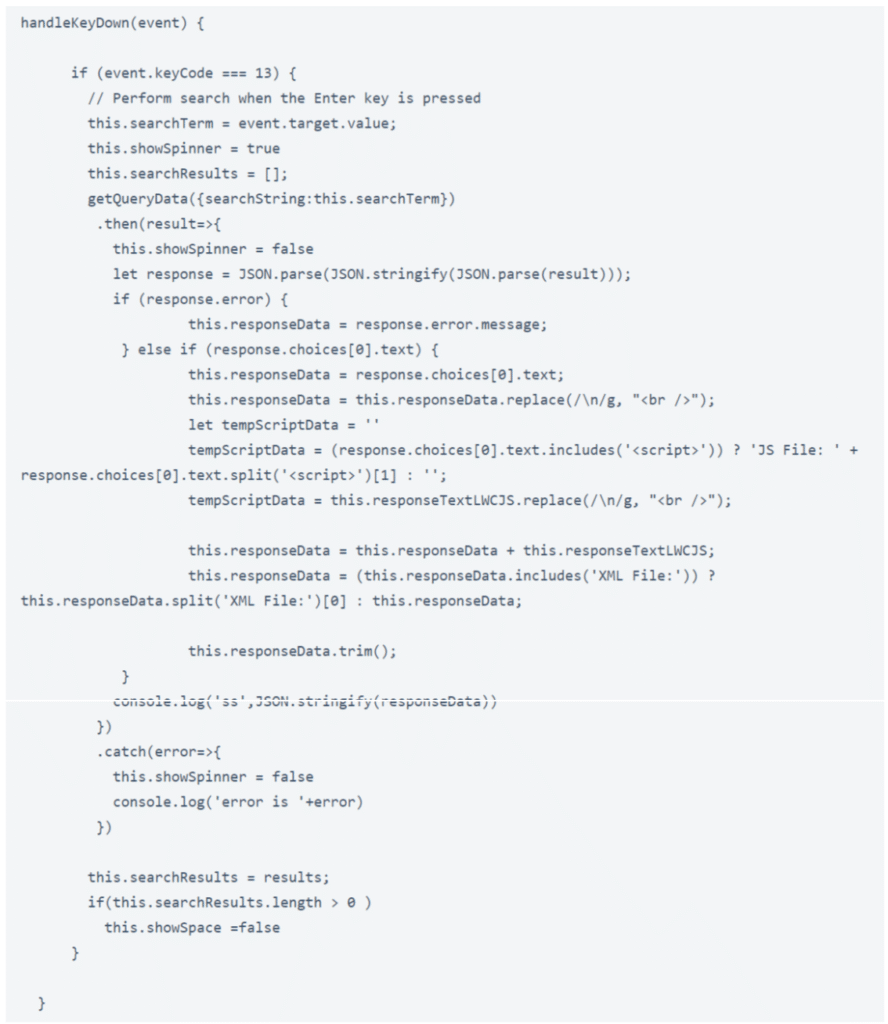StreamEastmardin escortizmit escortkonya escorteskişehir escortkayseri escortankara escortankara escortankara escortbetlikeyakabetrealbahisjokerbetyakabetmasterbettingkulisbetrinabetrealbahisbahiscasinoyakabetrinabetatlasbetroketbetbetkolikaresbetbetlike
StreamEastmardin escortizmit escortkonya escorteskişehir escortkayseri escortankara escortankara escortankara escortbetlikeyakabetrealbahisjokerbetyakabetmasterbettingkulisbetrinabetrealbahisbahiscasinoyakabetrinabetatlasbetroketbetbetkolikaresbetbetlike
StreamEastmardin escortizmit escortkonya escorteskişehir escortkayseri escortankara escortankara escortankara escortbetlikeyakabetrealbahisjokerbetyakabetmasterbettingkulisbetrinabetrealbahisbahiscasinoyakabetrinabetatlasbetroketbetbetkolikaresbetbetlike
StreamEastmardin escortizmit escortkonya escorteskişehir escortkayseri escortankara escortankara escortankara escortbetlikeyakabetrealbahisjokerbetyakabetmasterbettingkulisbetrinabetrealbahisbahiscasinoyakabetrinabetatlasbetroketbetbetkolikaresbetbetlike










